Radicle Agronomics with Eli Sloneker
Join Kelsey Litchfield and Kelly Robertson as they chat with Eli Sloneker from Precision Planting about Radicle Agronomics, a system aiming to change soil nutrient management in farming. Eli provides an overview of Radicle Agronomics and its availability, while Kelly asks some technical questions about GeoPress's role in expediting soil sampling.
An Overview of SCN HG Types
Soy Envoy Leo Rocha explains the concept of HG type testing, which measures the ability of SCN populations to reproduce on specific indicator soybean lines. To determine SCN resistance levels on your farm, read more about Rocha's recommendations.
Viewing Your Yield Data Through Different Lenses
As harvest begins to wrap up and our minds shift towards next year, for many of us that brings opportunity, optimism, and perhaps a [...]
How to Make Soil Testing Work Smarter for Your Farm
Soil samples provide landowners a gauge or a trend of the potential nutrient availability for the coming crop. Typically, this information signals areas of [...]
Potassium and Soybean Production
Having spent my time as a CCA Soy Envoy writing about micronutrients, sulfur, nitrogen and phosphorus, it seems appropriate to close out the year [...]
Soil Sampling Considerations
When should I test soils? For years, fall soil sampling was the standard practice. However, it became a challenge to collect samples, get a [...]
Are You Neutral?
If asked, most people can tell you their Social Security number and maybe their spouse’s birthday, but how many producers could accurately tell you [...]
WEBINAR: Soil Biology Builds Resilience and Enhances Soil Quality
1 CEU in Soil and Water Management
Managing Micronutrients in Soybeans
There are 18 essential nutrients in plants: Nitrogen, phosphorus and potassium are the most likely to be added as fertilizer. Water, carbon and oxygen [...]
Spring Soil Sampling
Soil sampling has traditionally been done in the fall, after crops are harvested. The objective is to know how much fertility the soil already [...]


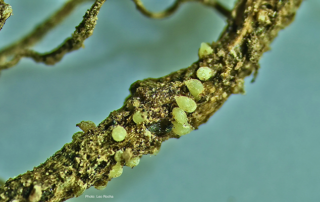
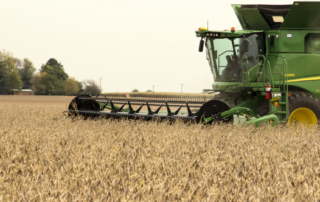
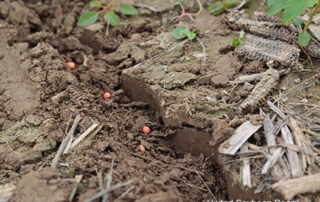
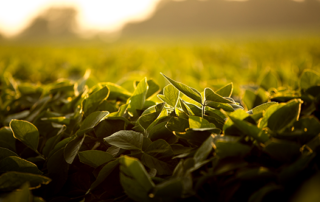
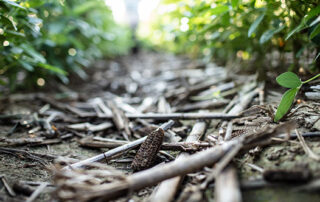
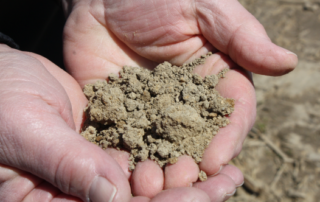
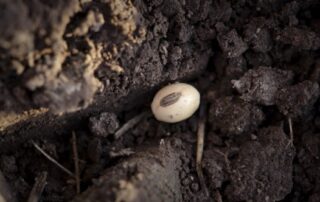
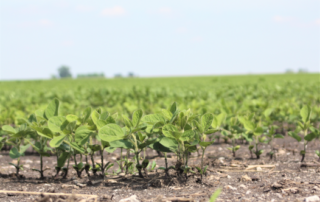
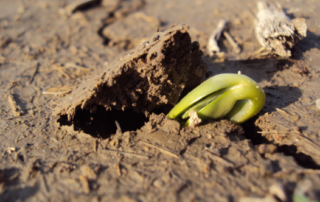

 and then
and then